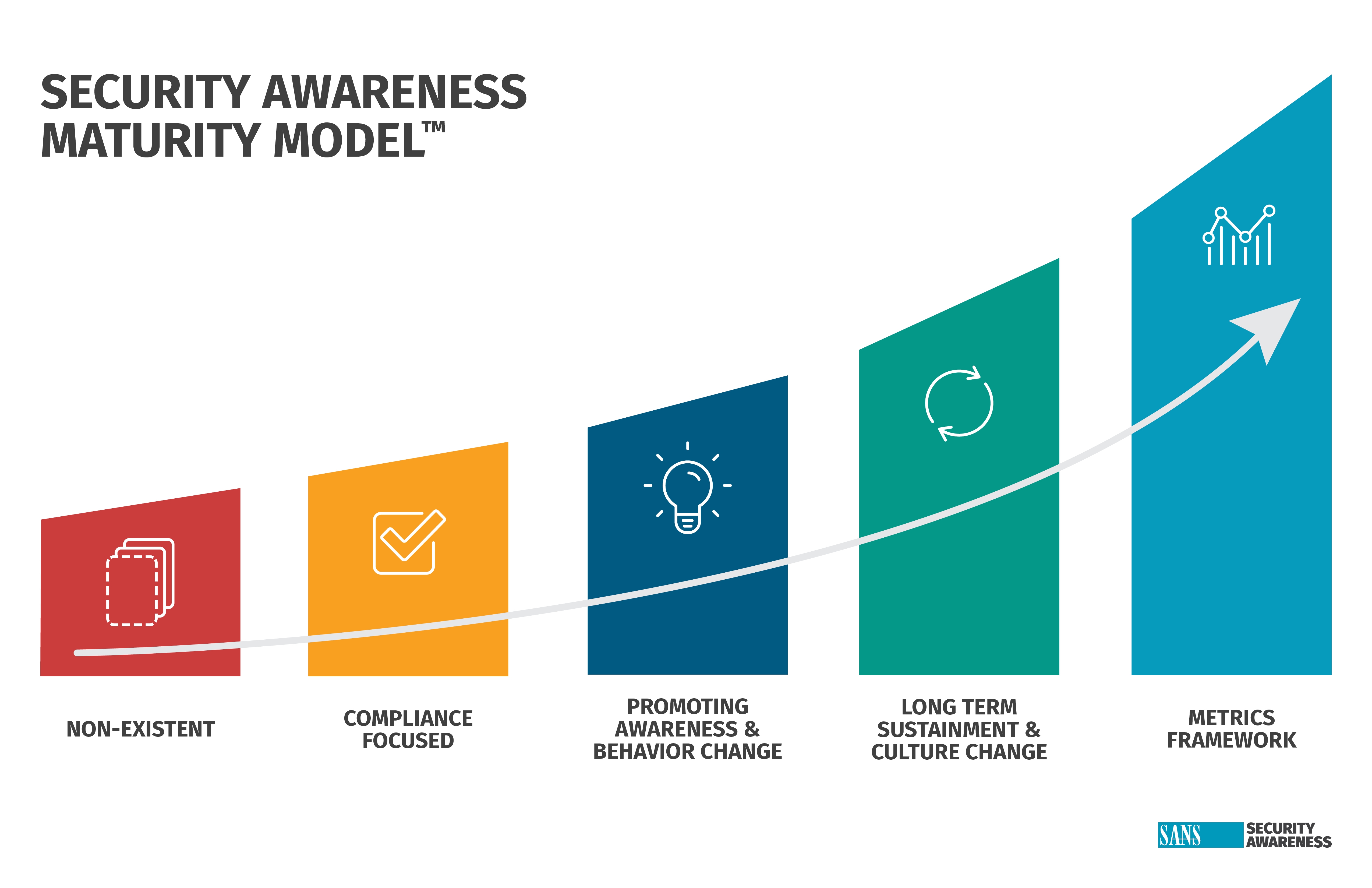SEC504: Hacker Tools, Techniques, and Incident Handling


Experience SANS training through course previews.
Learn MoreLet us help.
Contact usConnect, learn, and share with other cybersecurity professionals
Engage, challenge, and network with fellow CISOs in this exclusive community of security leaders
Become a member for instant access to our free resources.
Sign UpMission-focused cybersecurity training for government, defense, and education
Explore industry-specific programming and customized training solutions
Sponsor a SANS event or research paper
We're here to help.
Contact UsEstablish a strategic roadmap to both plan and communicate the impact of a security awareness program.

Established in 2011 through a coordinated effort by over 200 security awareness officers, the Security Awareness Maturity ModelTM has become the industry standard which organizations use to not only benchmark the maturity of their program, but leverage as a strategic roadmap to both plan and communicate the impact of their program. What makes this model so powerful is that organizations can quickly determine why their program may not be having the impact they want, proven steps they can take to mature their program, and how to communicate the value of the program to their leadership. Ultimately, this model enables organization’s to effectively manage their human risk.

To help organizations better understand and leverage the model, we have created the Maturity Model Indicators Matrix. This detailed spreadsheet enables you to quickly determine the current stage of your program, the value of that stage, metrics to use for each stage, and steps to achieve the next stage. As for each of the five stages, here is a brief overview of each one.
To learn more about leveraging the Security Awareness Maturity Model and establishing mature awareness programs, consider taking the two-day SANS course MGT433: Managing Human Risk: Mature Security Awareness Programs and earning the SANS Security Awareness Professional (SSAP) credential.


Lance revolutionized cyber defense by founding the Honeynet Project. Over the past 25 years, he has helped 350+ organizations worldwide build resilient security cultures, transforming human risk management into a cornerstone of modern cybersecurity.
Read more about Lance Spitzner